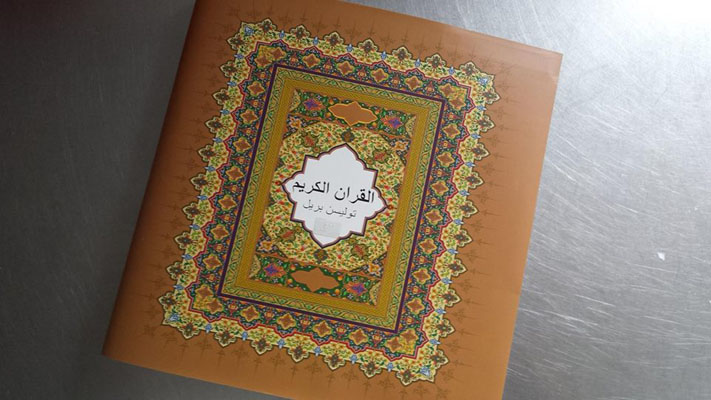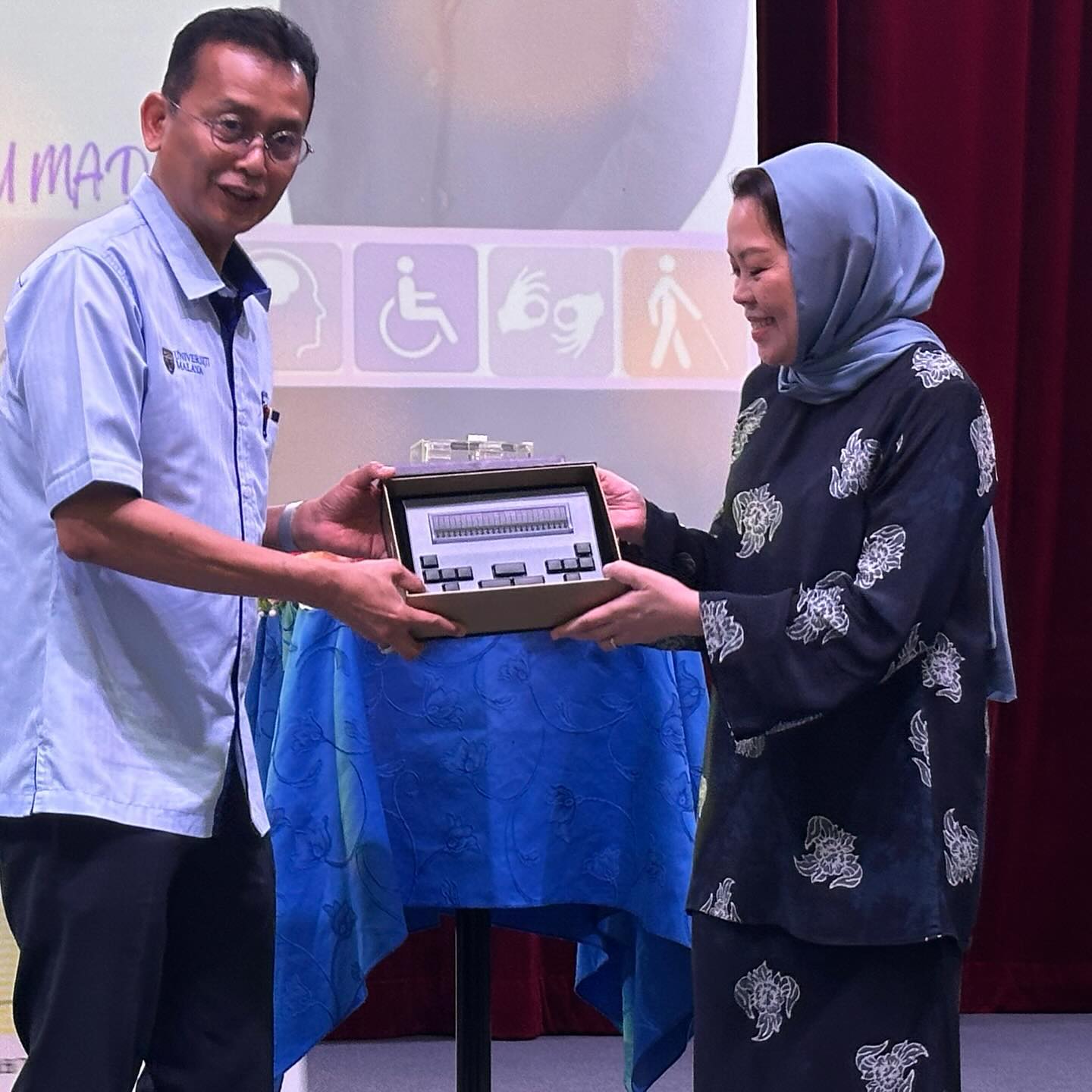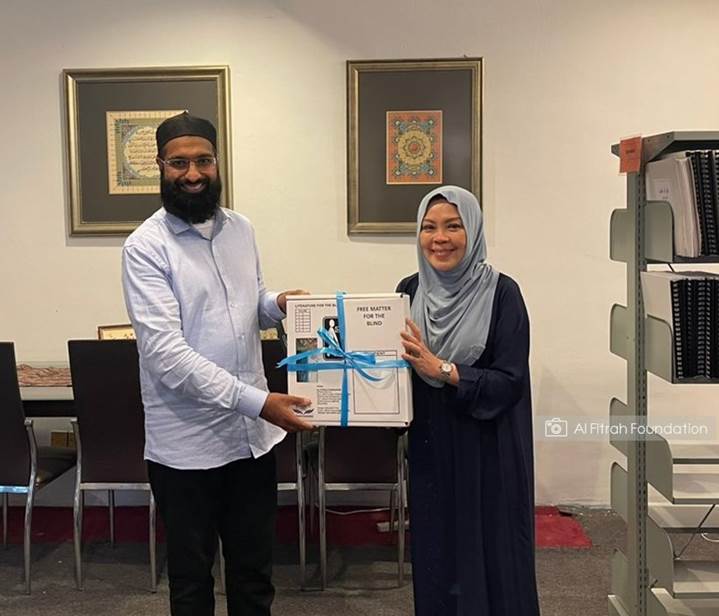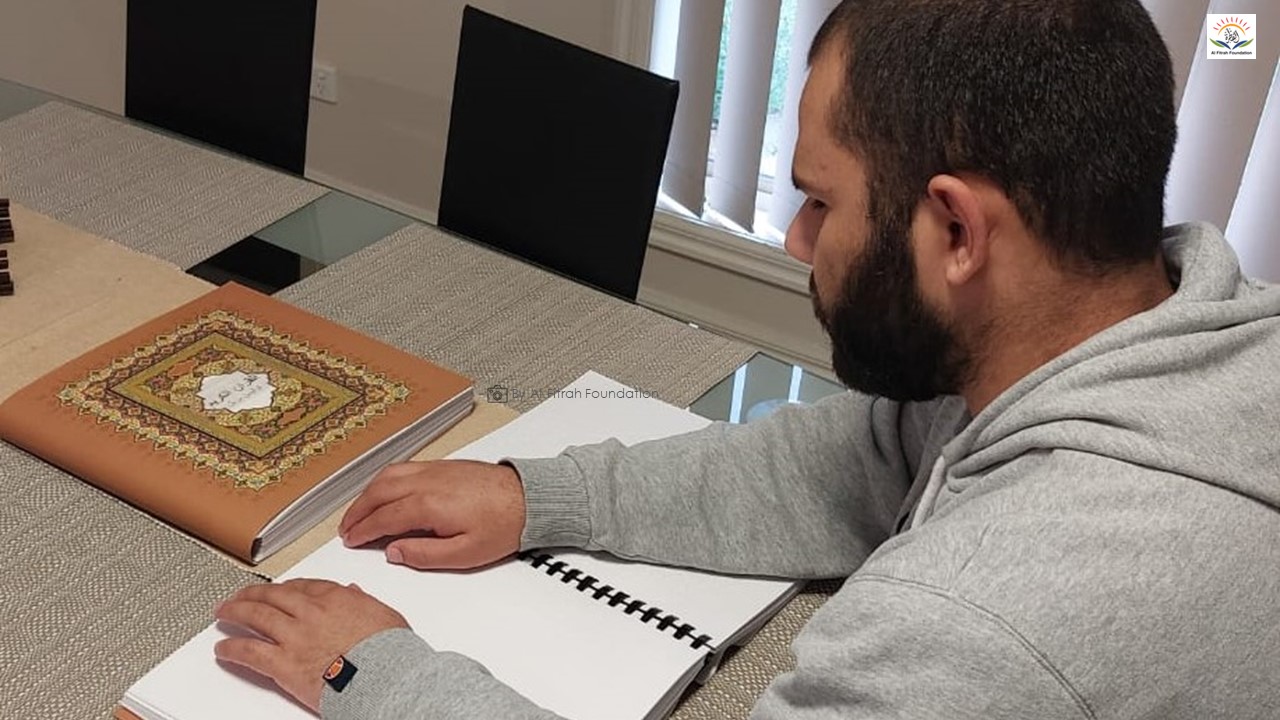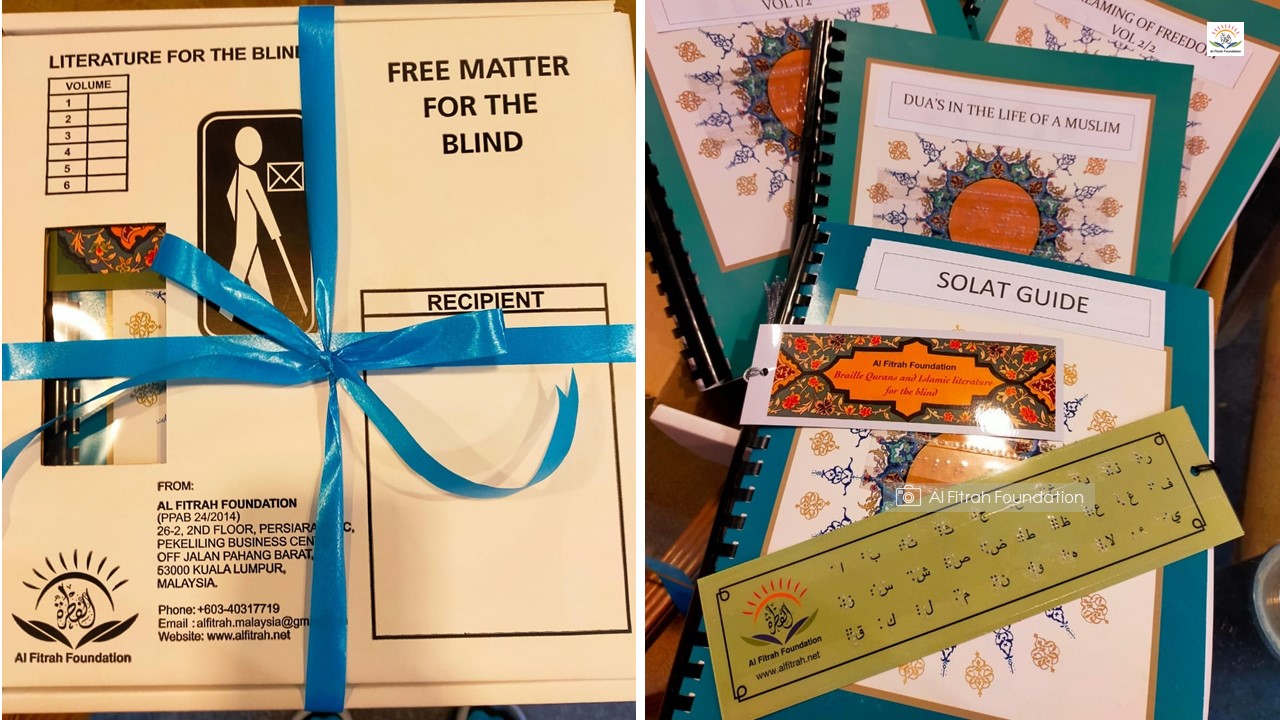A family as old as Islamic history itself has been looking after the sacred cloak since the seventh century. TRT World visited the mosque of the cloak and spoke with the family in Istanbul’s Fatih district.
Hundreds gathered at the entrance of a mosque in Istanbul’s ancient Fatih district on a breezy Ramadan day in May.
Outside, shopkeepers hawked a variety of dates and bottled Zamzam, the water that spills out of an underground spring in the Muslim holy city of Makkah.
A prayer blared from speakers fixed to the mosque, hurriedly sending women in headscarves and men wearing skull caps inside with a mix of reverence and excitement.
Every year thousands of faithful from around the world visit the mosque during the month of Ramadan to see one of the most prized artifacts in Islamic heritage; the cloak of the Prophet Muhammad, called Hirka-i Sharif. The 160-year-old mosque that houses the historic relic shares the same name.
The building is shaped like an octagon to represent the number of pieces that make up the cloak, and is designed in such a way that people are able to walk through corridors to see the cloak on its upper floors without disturbing prayers downstairs.
“Every year, more than a million people visit the mosque during Ramadan. We had 20,000 visitors on a recent Sunday,” said Sumeyra Guldal, General Secretary of the Hirka-i Sharif Mosque Foundation, which looks after the place of worship.
“In just three weeks we have more visitors than many of the other museums in Turkey,” Guldal told TRT World.
The 59th descendant
But just as intriguing as the mosque itself is the family that guards the Hirka-i Sharif.
The family members are direct descendants of Hazrat Owais Qarni, a contemporary of the Prophet Muhammad, who was gifted the cloak by him.
For 13 centuries, from one generation to the next, the family has been safeguarding the precious artefact.
“Since I was three or four years old, I have been at the mosque. I have seen how possessive my family has been about the cloak and also its willingness to allow people to visit it,” said Baris Samir, the 59th descendant of Owais Qarni.
“Ours is on a very honorable mission,” said Samir, a 45-year-old native of Istanbul, who is a mechanical engineer by vocation.
“How many families in the world know their genealogy going back 59 generations?”
A special connection
The story of Owais Qarni has fascinated Muslim scholars for centuries. He has a special status in Islam and is regarded as a companion of the Prophet Muhammad even though the two never met.
A native of Yemen, Qarni set out to Medina to see the Prophet but had to return to take care of his ailing mother.
After hearing about how a man devoted to his mother had left without meeting him, the Prophet asked two of his most trusted companions — Omar and Ali —to deliver his cloak to the Yemeni.
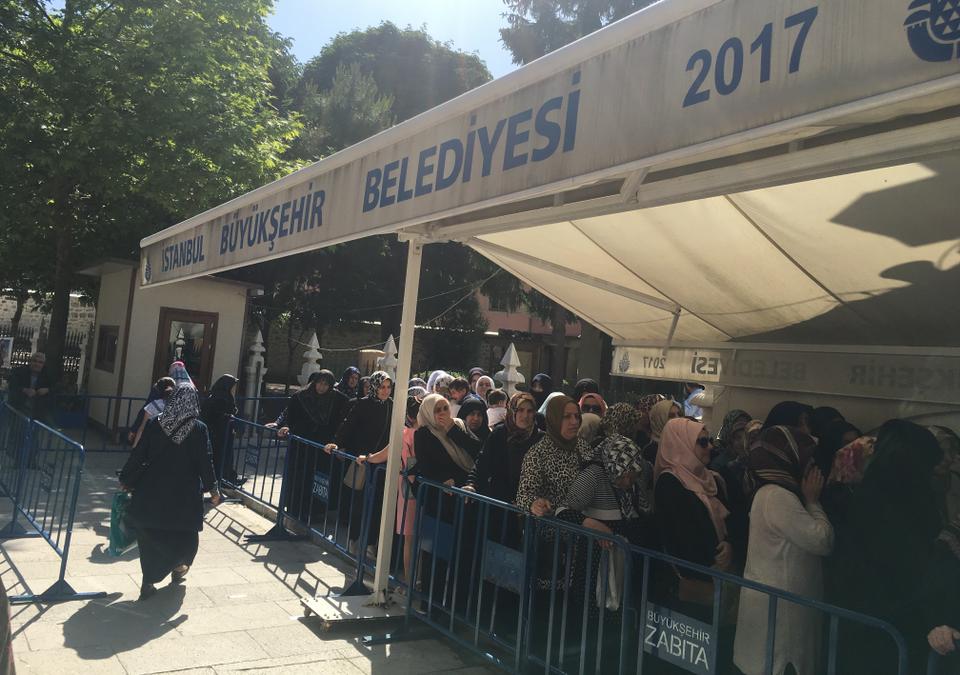 People line up to see the scared relics kept at the Hirka-i Sharif mosque. (TRTWorld)
People line up to see the scared relics kept at the Hirka-i Sharif mosque. (TRTWorld)
Since then, Owais Qarni’s descendants have been the custodians of the famous golden-coloured fabric.
While circumstances did not allow Qarni to meet the Prophet in person, many people say they met spiritually, which has exalted Qarni’s status among Sufi mystics.
But the cloak brought fame and visitors, something Qarni, an introverted and solitary character according to Islamic tradition, did not like.
In his later life, Qarni traveled to northern Iraq where he fell in battle, fighting alongside Ali, the Prophet’s son-in-law and the fourth Rashidun caliph, against the later Umayyad caliph Muawiya at the battle of Siffin, close to modern day Raqqa in northern Syria, in 657.
The Rashidun caliphate refers to the four caliphs that succeeded the Prophet after he passed away and are considered to be ‘rightly guided’ according to Sunni Muslims.
Qarni’s descendents lived in Iraq until the eighth century, always guarding the cloak, until they were forced to move to Western Turkey, settling in the picturesque Aegean town of Kusadasi.
“We have no documents, explaining why we came to Kusadasi. It appears that the family saw it as safe and decided to settle here. They stayed there until 1611,” Samir said.
In 1611, Ahmet I, the Ottoman sultan and Muslim caliph at the time, heard about the cloak and decided that he must have it. But his advisors and the clerics strongly advised against it, saying it would be a violation of the Prophet’s wish. And so he ended up inviting the family to live in Istanbul.
For the next hundred years, the family allowed people to view the cloak every Ramadan but as its popularity increased and more visitors came, the cost and management became untenable.
Sultan Abdulhamid I, who ruled the Ottoman Empire in the 18th Century, eventually built a small building to house the cloak in Fatih, but soon it became crowded.
“That place was also not big enough for the increasing number of visitors. This time Sultan Abdulmecid ordered to build a mosque and a circle of Hirka-i Sharif beside the mosque. The cloak has been here since 1851,” Samir explained.
The mosque also has a unique area for the protective family.
“We consider the circle of Hirka-i Sharif [in the Mosque] as a place that’s special. The place is where people feel close to him. It makes us happy to see that we are a vehicle of a spiritual connection between the Prophet and people,” he said.
“It’s an indescribable emotion."






